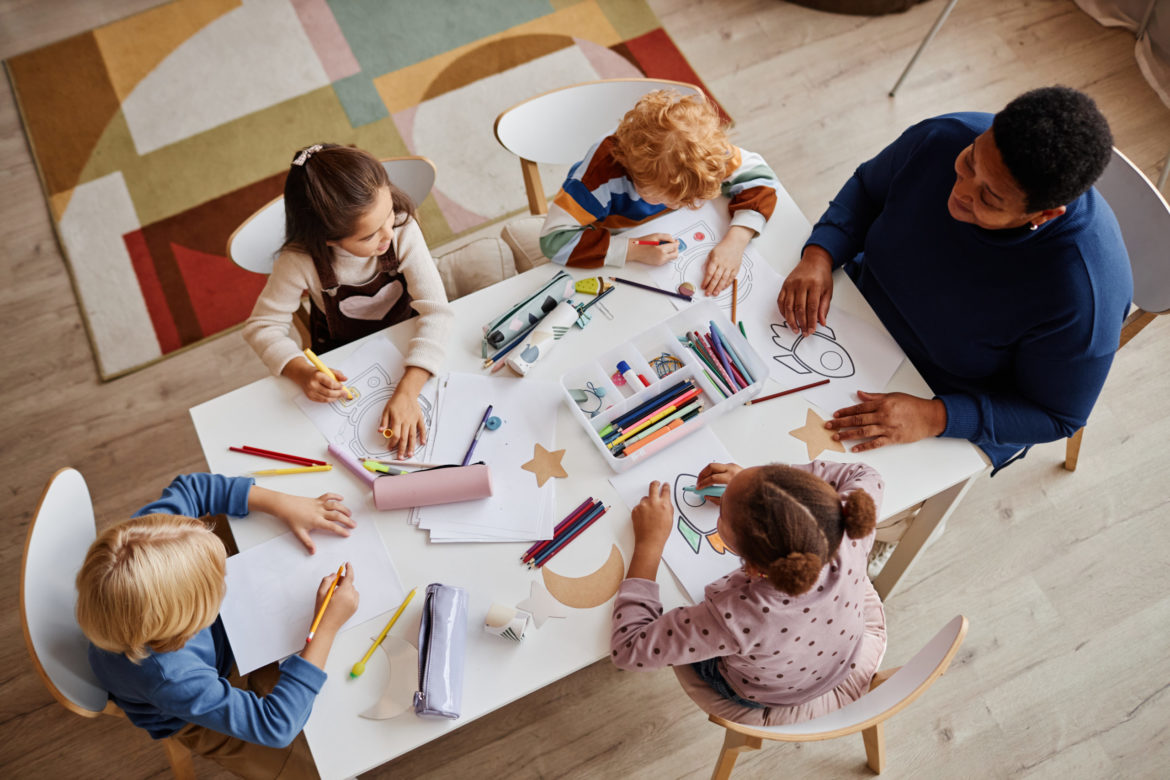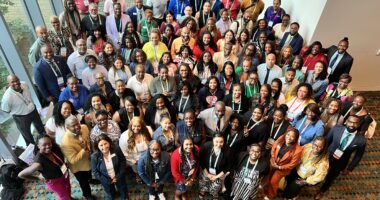The Human Side in Developing a Positive School Climate
Too often we dismiss the little things we do—the human things—that are crucial in building relationships, trust, and a positive school climate. Now’s the time the celebrate these unconventional measures of success.

Too often we dismiss the little things we do—the human things—that are actually crucial in growing relationships, building trust, and developing a positive climate. These are the human things of leadership, the human things of education. And they’re necessary, with long-lasting positive effects in in schools. They are what our students remember, and they are the glue that binds our teams. They sometimes fall victim, however, to the antiquated notion that anything serious cannot be fun. This year, it’s time for us to be more human and to shine our light onto these human things.
School Connectedness
Several years ago, I met with a principal in Oakland, California, to award the school with a certificate announcing that they had the highest rating for School Connectedness in the district. School Connectedness was the degree that everyone—students, staff, and community—felt like they belonged and connected to their school. Technically, it was the combination of caring relationships, meaningful participation, and high expectations. In your gut, it’s the feeling you get when you walk into a school and you say to yourself, I’d send my child here.
On this day when I met the principal to tell him the good news, he looked bemused.
“But what did we do?” he asked. “We haven’t done anything different from what we’ve always done. We haven’t brought in any new program or changed our policies. I don’t know why we’d score so high.”
“Well, you have scored high—higher than any other school in the district,” I responded. “Maybe this will help. You know what I saw as I came to meet you today? Every teacher I passed on the playground and in the hallways looked me in the eye and said ‘good morning.’ ”
Unconventional Measures of Success
That wasn’t the only indication of positive school climate. You can tell a lot about a school by noticing the little things. Every classroom door was open, and every classroom was noisy. It wasn’t the noise of shouting or screaming, yet it was not a deadly silence. Every room had the sound of kids and adults talking, discussing, laughing, and moving. Along the walls of every corridor were examples of students’ work.
When I met with the principal, he was in a discussion with a student. He acknowledged me, but he remained present with the student to finish their chat. As we walked around the school, the principal stopped to have three more chats with students. He not only knew their names but also something unique about each of them.
“Maybe those are some of the things that caused your high score for school connectedness?” I told him.
Mindset Shift
If you’ve taught for a while or been at the same school for several years, it’s easy to assume that every school is like yours. If you have conversations every day with students about their work, their lives, or current events, you might assume that every teacher does this as well. By contrast, even if you know you are doing something special or meaningful, you probably forget to give it its due importance if you do it consistently enough.
How many times did you smile today? How many times did you look someone in the eye? How many times today did you modify what or how you were leading to suit the school’s mood, an individual’s comprehension, or a cultural context? These actions are all examples of good practices in education, but we can’t forget to remind ourselves of their importance and proverbially pat ourselves on the back even if we do them every day. Just because we do something consistently doesn’t demean its importance or its necessity.
Time for Reflection
I wrote a book with Peter DeWitt called School Climate Change that identifies ways to build positive environments for learning. In it, we discussed questions you can ask yourself or prompt during a team meeting to help you celebrate these successes.
What are you doing every day that builds relationships or puts a smile on someone’s face?
What do you do consistently that calms a situation down?
What do you experience from someone else that releases tension or picks you up?
This year—the year of being more human—let’s take note of these little things and help them grow.
Want to Learn More?
ICYMI: Check out this recent conversation on Permission to Be Human with Marc Brackett, Yale University, and Gracie Branch, NAESP associate executive director of Professional Learning, where they discussed the human side of school leadership.
Sean Slade is the Head of Education at BTS Spark, North America, which focuses on the personal side of school leadership, and the author of several books on the topic.




